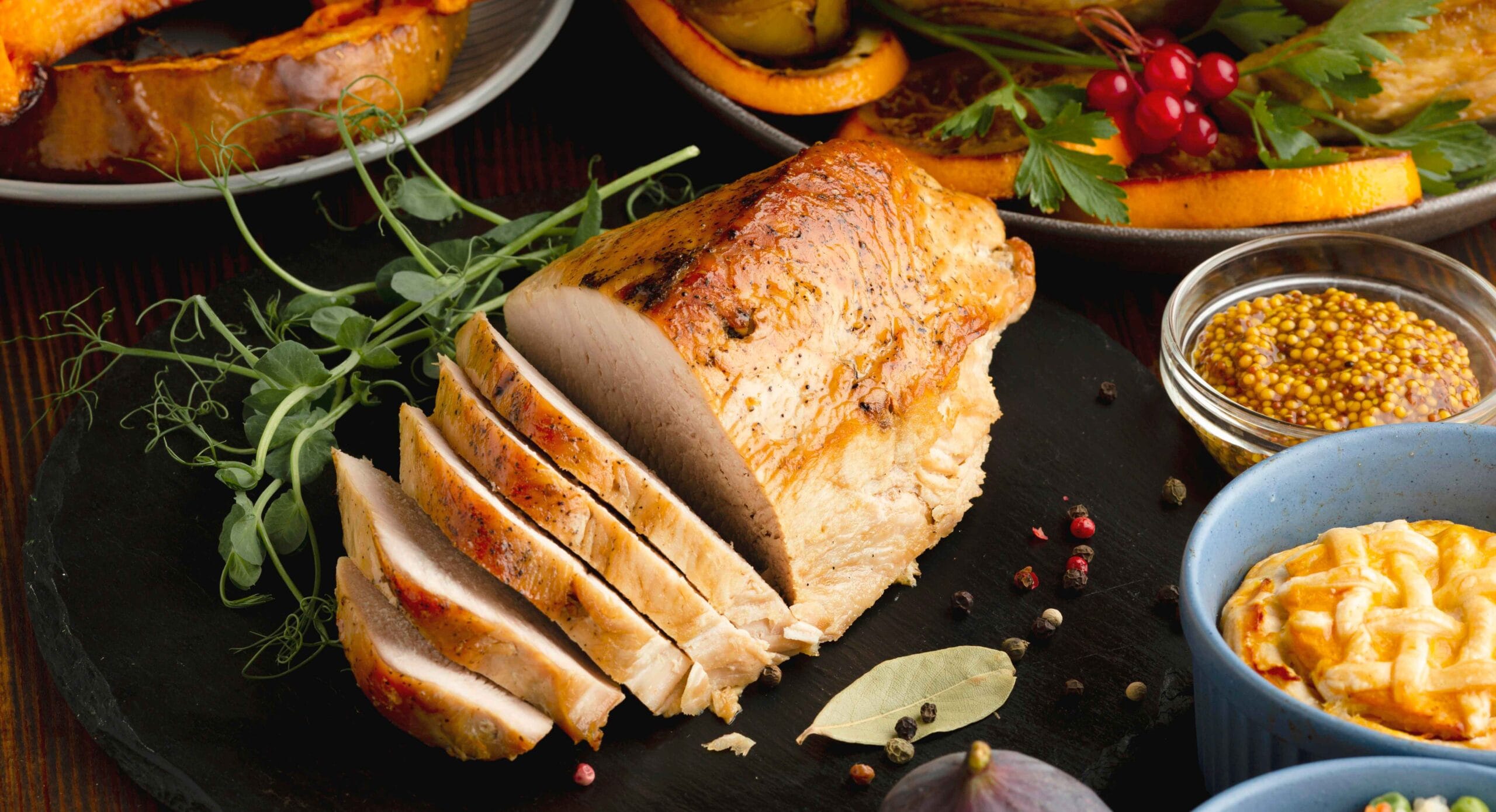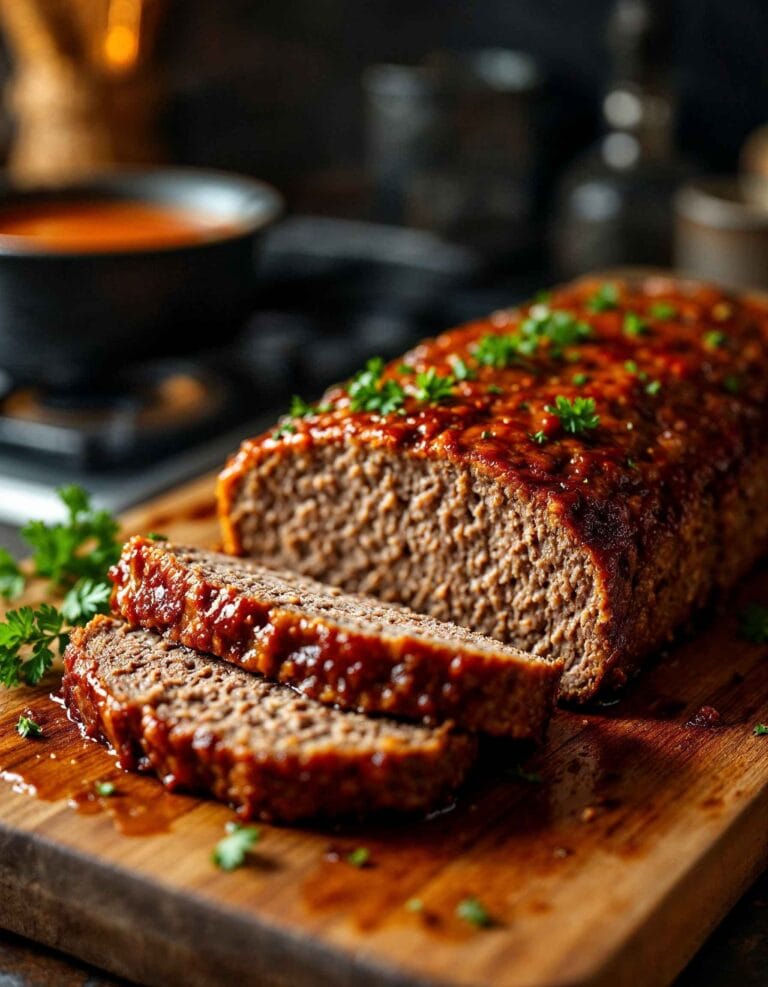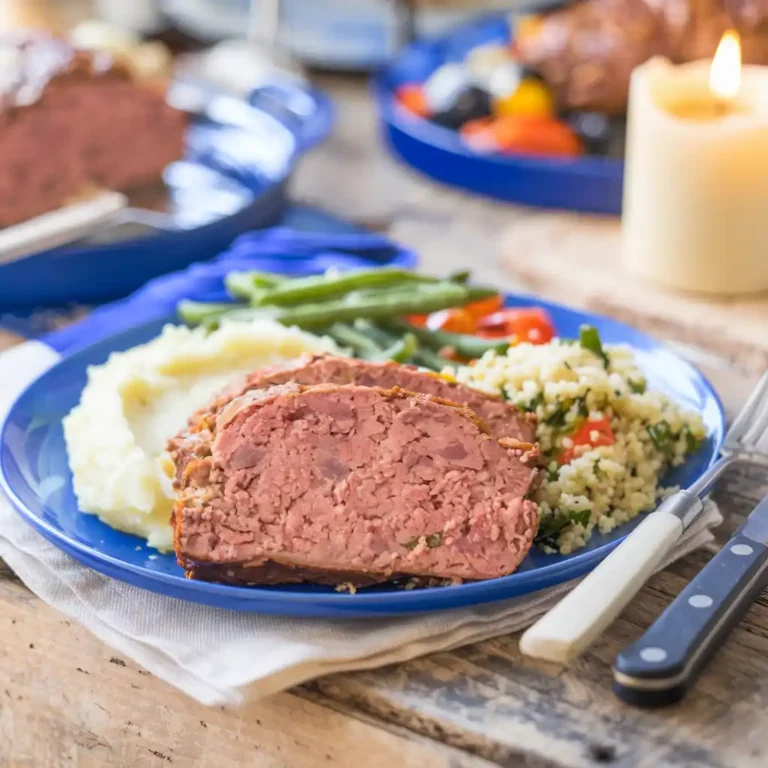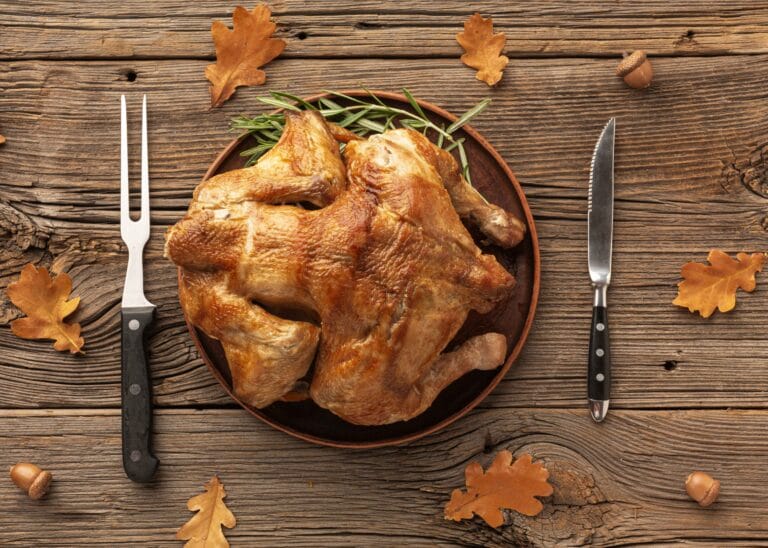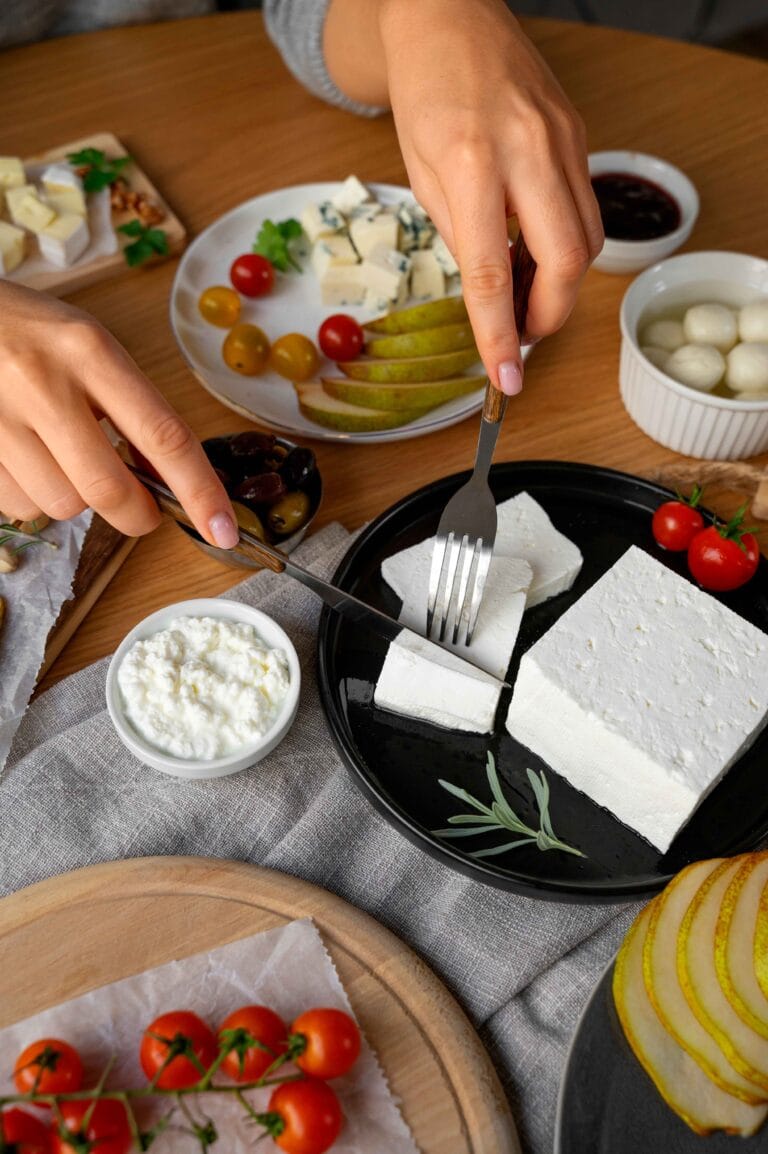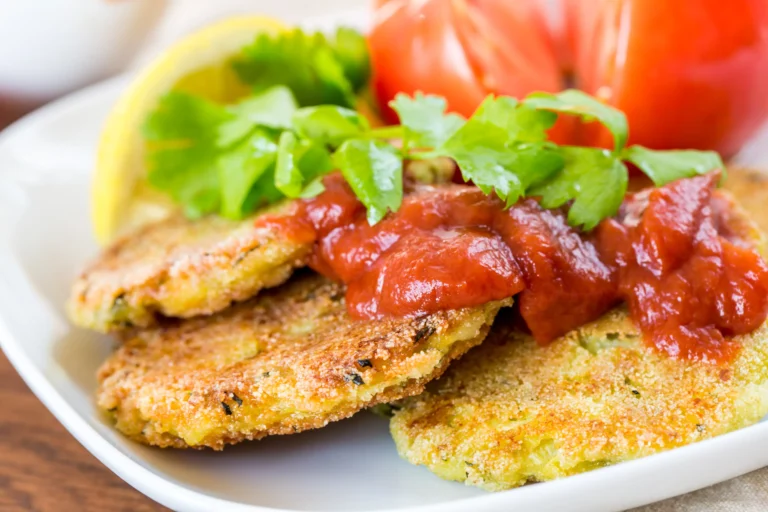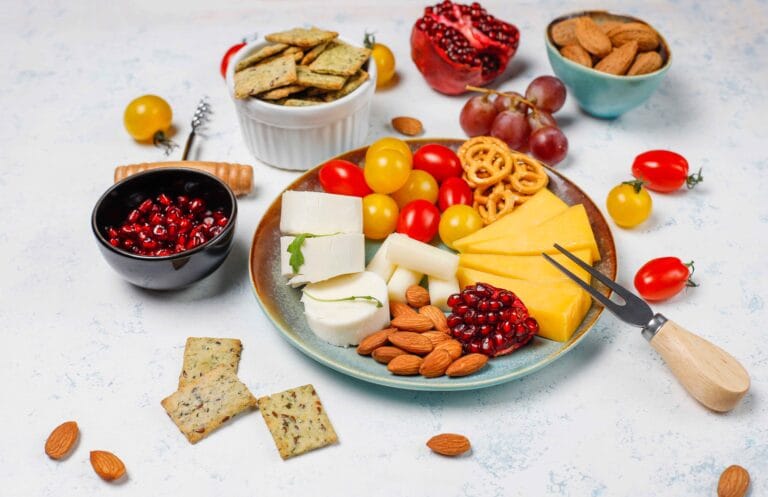Should You Brine a Turkey Breast Before Smoking?
Smoking a turkey breast is a rewarding way to bring out its natural flavors while achieving a deliciously tender texture. However, many home cooks and barbecue enthusiasts often wonder, “Should you brine a turkey breast before smoking?” The answer is a resounding yes. Brining is an essential step that enhances both the flavor and juiciness of this lean cut, ensuring a memorable dish every time.
In this article, we’ll dive into the science of brining, its benefits, and a step-by-step guide for brining and smoking a turkey breast. You’ll also learn about alternative techniques and common mistakes to avoid. By the end, you’ll be fully equipped to elevate your smoked turkey breast to new heights.
Smoked Turkey Breast: The Ultimate Guide
What is Brining?
Definition of Brining
Brining is a process where meat is soaked in a solution of water, salt, and other seasonings to enhance its flavor and texture. This technique works by infusing moisture and breaking down proteins, ensuring the meat stays juicy even after extended cooking times.
Types of Brines: Wet and Dry
There are two primary types of brining:
- Wet Brining: Involves submerging the turkey breast in a liquid solution that usually contains water, salt, sugar, and optional flavorings like herbs and spices.
- Dry Brining: Involves rubbing the turkey breast with a mixture of salt and seasonings, allowing the meat to absorb the flavors and moisture naturally over time.
How Brining Works (The Science Behind It)
Brining alters the muscle fibers of the turkey, causing them to retain water and absorb seasonings. The salt in the brine dissolves proteins, which allows water to bind more effectively within the cells. This process ensures the meat doesn’t dry out, even in a slow cooking method like smoking.
Benefits of Brining Turkey Breast Before Smoking
Moisture Retention
Smoking involves prolonged exposure to heat, which can dehydrate lean cuts like turkey breast. Brining combats this by locking in moisture, resulting in a tender and succulent texture.
Enhanced Flavor Profile
Salt is a natural flavor enhancer, and when combined with herbs, spices, or aromatics, brining can infuse the turkey breast with complex layers of taste that penetrate deep into the meat.
Tenderization of the Meat
The salt and optional acidic components in a brine break down the tough muscle proteins, making the meat softer and more enjoyable to eat.
Types of Brines for Turkey Breast
Brining a turkey breast is not a one-size-fits-all process. The type of brine you choose can significantly impact the flavor and texture of your smoked turkey. Let’s explore the different types of brines and their unique characteristics, so you can select the one that suits your taste and preferences.
Traditional Salt and Sugar Wet Brine
The classic wet brine is a combination of water, salt, and sugar, which forms the foundation for adding moisture and flavor.
- Key Ingredients:
- Water: Serves as the base for the brine solution.
- Salt: Essential for breaking down proteins and ensuring moisture retention.
- Sugar: Balances the saltiness and adds a hint of sweetness to the turkey breast.
- Optional Additions: Herbs (like rosemary, thyme, or parsley), spices (peppercorns, cloves, or allspice), and aromatics (garlic, onions, or citrus).
- How It Works: Submerging the turkey breast in this solution allows the flavors to penetrate deeply while enhancing moisture content.
Dry Brining Method
Dry brining is a simple, no-liquid approach that relies on salt and seasoning blends.
- How to Dry Brine:
- Mix kosher salt with herbs and spices (such as paprika, garlic powder, or chili flakes).
- Rub the mixture evenly over the turkey breast, ensuring all surfaces are covered.
- Let the turkey rest uncovered in the refrigerator for 12-24 hours.
- Advantages of Dry Brining:
- Requires less space since no liquid is used.
- Enhances the natural turkey flavor without diluting it.
- Creates a crispier skin when smoked, as the surface stays drier.
Flavor-Infused Brines
For an elevated culinary experience, consider using a brine infused with bold and complementary flavors.
- Herb-Infused Brine: Add fresh herbs like sage, thyme, and oregano for a garden-fresh taste.
- Citrus Brine: Incorporate orange, lemon, or lime slices for a bright, zesty profile.
- Spiced Brine: Use cinnamon sticks, cloves, or star anise for a warm and aromatic touch.
- Pro Tip: To achieve a deeper infusion of flavors, heat the water with salt and spices to release their essence, then cool the brine before adding the turkey.
How Long to Brine a Turkey Breast
The length of time you brine your turkey breast depends on its size and the brine’s concentration.
- For Wet Brining:
- Turkey breast under 5 pounds: Brine for 8-12 hours.
- Larger turkey breast: Brine for 12-18 hours.
- For Dry Brining:
- Brine for at least 12 hours and up to 24 hours for maximum flavor absorption.
- Caution: Over-brining can result in overly salty meat or mushy texture, so stick to recommended times.
Step-by-Step Guide to Brining Turkey Breast
Brining a turkey breast is a straightforward process, but attention to detail is essential for achieving the best results. This step-by-step guide will walk you through preparing and applying both wet and dry brines, ensuring your turkey breast is perfectly brined and ready for smoking.

Preparing the Brine Solution
Wet Brine Preparation
- Gather Ingredients:
- 1 gallon of water
- 1 cup kosher salt
- ½ cup sugar (optional)
- Herbs, spices, and aromatics of your choice
- Mix the Solution:
- Heat 2 cups of water in a large pot and dissolve the salt and sugar.
- Add the herbs, spices, and aromatics to the hot water to release their flavors.
- Let the mixture cool to room temperature, then add the remaining water.
- Ensure Proper Cooling:
- The brine must be completely cool before submerging the turkey to prevent bacterial growth.
Dry Brine Preparation
- Create the Seasoning Mix:
- Combine kosher salt with optional spices and herbs (e.g., garlic powder, black pepper, smoked paprika).
- The ratio should be approximately 1 tablespoon of salt per pound of turkey breast.
- Rub the Turkey:
- Pat the turkey breast dry with paper towels.
- Rub the salt mixture evenly over all surfaces, including under the skin if possible.
Choosing the Right Container
- Wet Brining Container:
- Use a food-safe container, such as a large stockpot, brining bag, or plastic bucket.
- Ensure the container is large enough for the turkey breast to be fully submerged.
- Dry Brining Setup:
- Place the turkey breast on a wire rack set over a baking sheet to catch any juices.
- Keep the setup uncovered for optimal results.
- Space Consideration:
- Ensure your refrigerator has enough space for the container or tray.
Brining Time and Refrigeration Tips
For Wet Brine:
- Submerge the turkey breast completely, weighing it down with a plate if necessary.
- Refrigerate for the recommended brining time (8-18 hours, depending on size).
For Dry Brine:
- Let the turkey rest in the refrigerator, uncovered, for 12-24 hours. This helps develop both flavor and texture.
Temperature Control:
- Maintain a refrigerator temperature of 35-40°F to prevent spoilage.
- If you lack refrigerator space, use a cooler filled with ice packs to keep the brine cold.
Rinsing and Drying the Turkey After Brining
- Rinse Thoroughly:
- Rinse the turkey breast under cold running water to remove excess salt and seasonings.
- This step is crucial to avoid overly salty meat.
- Pat Dry:
- Use paper towels to pat the turkey breast completely dry.
- A dry surface promotes even cooking and helps achieve crispy skin during smoking.
- Optional Resting Period:
- Let the turkey breast rest uncovered in the refrigerator for an additional hour to allow the surface to dry completely.
Smoking a Brined Turkey Breast
Smoking a turkey breast is a delicate process that rewards patience with bold flavors and tender, juicy meat. After brining, proper preparation and smoking techniques are essential for achieving the best results. This section will guide you through the steps of preparing and smoking a brined turkey breast.
Preparing the Smoker
- Choose Your Smoker:
- Electric smokers, charcoal smokers, pellet grills, and traditional offset smokers all work well for turkey breast.
- Preheat the Smoker:
- Set your smoker to a consistent temperature of 225–250°F.
- Preheating ensures even cooking throughout the smoking process.
- Select the Right Wood Chips:
- Mild Flavors: Apple, cherry, or pecan wood provides subtle, sweet smoke.
- Stronger Flavors: Hickory or mesquite wood adds a robust, smoky profile.
- Add a Water Pan:
- Place a water pan in the smoker to maintain humidity and prevent the turkey from drying out.
How to Keep Smoked Turkey Breast Juicy
Seasoning the Brined Turkey Breast
- Optional Rub Application:
- After drying the turkey breast, apply a dry rub made from your favorite spices (e.g., paprika, garlic powder, black pepper).
- Ensure the rub complements the flavors of the brine.
- Oil the Skin:
- Brush the turkey breast lightly with olive oil or melted butter to encourage browning and crispness.
- Stuffing (Optional):
- For added aroma, consider stuffing the cavity of a bone-in turkey breast with herbs, citrus slices, or onions.
Smoking the Turkey Breast
- Position the Turkey Breast:
- Place the turkey breast on the smoker grate with the skin side up.
- If using a meat probe, insert it into the thickest part of the breast without touching the bone.
- Monitor the Temperature:
- Aim for an internal temperature of 160°F.
- Use a reliable meat thermometer to track progress and avoid overcooking.
- Spritzing (Optional):
- Every hour, lightly spritz the turkey breast with apple juice or broth to keep the surface moist and flavorful.
- Smoking Time:
- A general guideline is 35-40 minutes per pound at 225°F.
- For a 4-pound turkey breast, this translates to approximately 2.5–3 hours.
Finishing and Resting
- Resting Period:
- Once the internal temperature reaches 160°F, remove the turkey breast from the smoker.
- Cover it loosely with foil and let it rest for 15-20 minutes. This allows the juices to redistribute evenly.
- Final Temperature Check:
- During resting, the turkey breast’s internal temperature will rise to 165°F, the USDA-recommended safe temperature for poultry.
- Slicing and Serving:
- Slice the turkey breast against the grain for the most tender texture.
- Serve immediately or keep warm in a low oven until ready to eat.
Common Mistakes to Avoid
Brining and smoking a turkey breast can yield incredible results, but certain missteps can compromise the flavor, texture, or safety of your dish. Understanding these common mistakes will help ensure your smoked turkey breast turns out perfect every time.
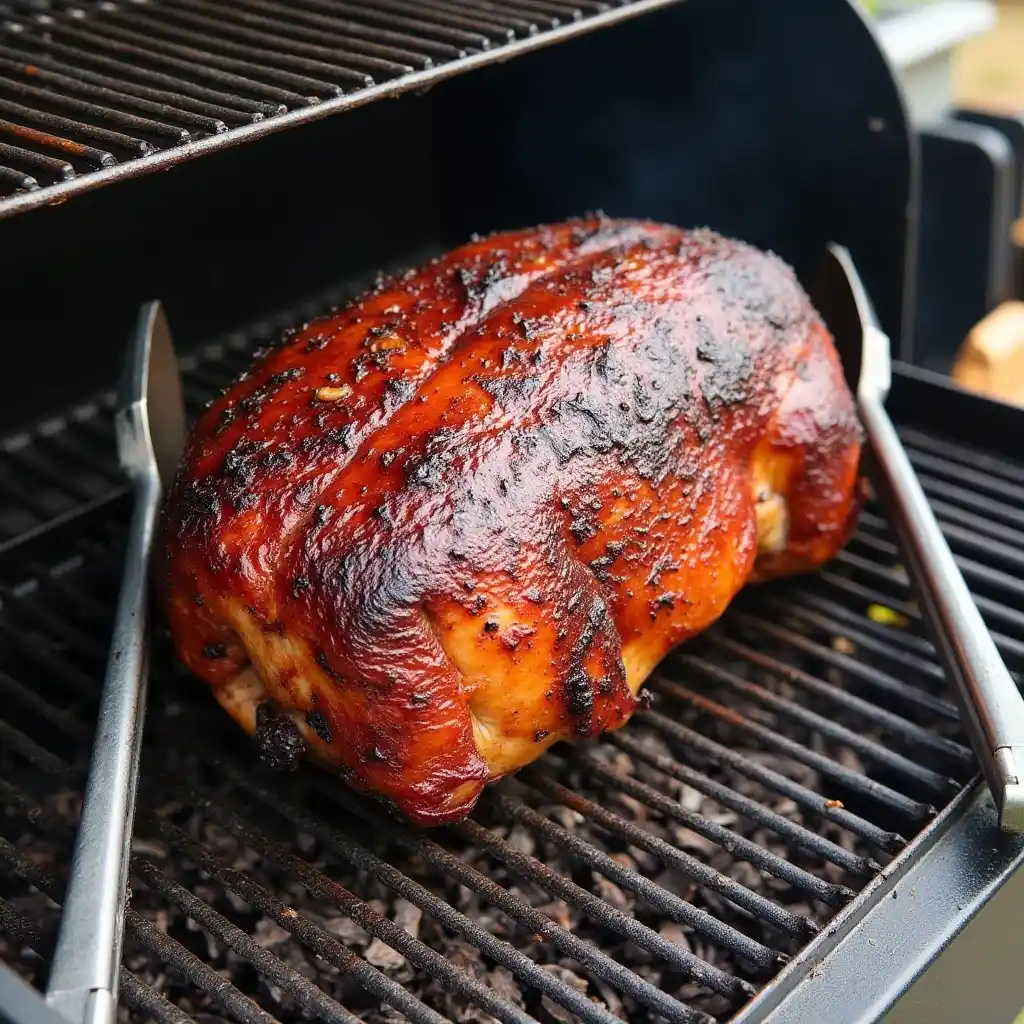
Over-Brining the Turkey Breast
- What Happens When You Over-Brine?
- Over-brining can result in overly salty meat and a mushy texture. The meat absorbs too much liquid, altering its natural consistency.
- Solution:
- Stick to the recommended brining times: 8-12 hours for smaller turkey breasts and no more than 18 hours for larger ones.
- Using the Right Salt:
- Avoid table salt in brines, as its fine grains can make the mixture overly salty. Opt for kosher salt or sea salt for precise control.
How Long Does It Take to Smoke a Turkey Breast?
Skipping the Rinse Step
- Why Rinse the Turkey?
- Failing to rinse after brining can leave excess salt on the surface, which may result in an unbalanced flavor and overly salty skin.
- Solution:
- Thoroughly rinse the turkey breast under cold water after brining. Be sure to pat it dry to ensure a crispy surface when smoked.
Using the Wrong Brine Ingredients
- Incompatible Flavors:
- Strong flavors like excessive vinegar, soy sauce, or pungent spices can overwhelm the turkey’s natural taste.
- Solution:
- Choose brine ingredients that complement the natural flavor of turkey. Herbs, mild spices, citrus, and aromatics work well without overpowering the meat.
- Skipping Sugar in Wet Brines:
- While sugar is optional, it balances the saltiness and adds a subtle sweetness. Without it, the flavor profile may feel incomplete.
Improper Temperature Control
- Brine Temperature:
- Placing the turkey in warm or lukewarm brine can encourage bacterial growth.
- Smoking Temperature:
- Inconsistent smoker temperatures can lead to uneven cooking or dry meat.
- Solution:
- Always cool the brine completely before adding the turkey. Monitor the smoker temperature regularly to maintain a steady 225–250°F.
Is it Better to Smoke a Turkey at 225 or 250?
Ignoring Resting Time
- Why Resting Matters:
- Slicing the turkey breast immediately after smoking causes the juices to run out, leaving the meat dry.
- Solution:
- Allow the turkey to rest for 15-20 minutes after smoking, covered loosely with foil. This step ensures the juices redistribute for maximum tenderness.
Neglecting Wood Chip Selection
- Impact of Wood Flavor:
- Using wood chips with strong, harsh flavors (e.g., mesquite) without balancing them with milder options can overpower the turkey breast.
- Solution:
- Stick to mild or medium woods like apple, cherry, or pecan. For more adventurous flavors, mix stronger woods like hickory with fruitwood for a balanced profile.
Alternatives to Brining
While brining is a popular method for enhancing flavor and moisture in turkey breast, there are alternative techniques that can achieve similar results. These options may suit those who prefer different approaches or need a quicker solution.
Using Marinades
- How Marinades Work:
- Marinades are liquid mixtures of oil, acid (such as vinegar, lemon juice, or wine), and seasonings that infuse flavor into the meat.
- Unlike brines, marinades primarily focus on flavoring rather than increasing moisture content.
- How to Use:
- Place the turkey breast in a resealable plastic bag or container with the marinade.
- Marinate in the refrigerator for 2-6 hours, depending on the intensity of the flavors desired.
- Pros and Cons:
- Pros: Adds complex, layered flavors.
- Cons: Doesn’t provide the same moisture-retaining benefits as brining.
Injecting Flavors into the Turkey Breast
- What Is Flavor Injection?
- This technique involves injecting a seasoned liquid (e.g., broth, butter, or marinade) directly into the turkey breast using a meat injector.
- Steps to Inject Flavors:
- Fill the injector with your chosen liquid.
- Insert the needle into various points of the turkey breast, ensuring even distribution.
- Pat the surface dry before smoking to ensure crisp skin.
- Benefits of Injection:
- Delivers concentrated flavor and moisture directly into the meat.
- Great for those who are short on time or prefer to skip brining.
Dry Rubs as a Substitute
- What Are Dry Rubs?
- A dry rub is a blend of spices, herbs, and salt applied to the surface of the turkey breast.
- How to Apply:
- Generously coat the turkey breast with the dry rub, ensuring all surfaces are covered.
- For best results, let the turkey rest in the refrigerator for a few hours or overnight.
- Pros and Cons:
- Pros: Enhances the outer crust of the turkey breast with a flavorful bark when smoked.
- Cons: Does not provide the internal moisture benefits of brining.
Combination Techniques
- Marinade Plus Injection:
- Marinate the turkey breast first and then inject additional flavors for a multi-layered taste.
- Dry Rub Plus Injection:
- Combine the surface texture and flavor of a dry rub with the internal moisture and seasoning benefits of injection.
- Benefits:
- These hybrid techniques can replicate many of the benefits of brining while adding unique flavor dimensions.
When to Skip Brining or Alternatives
- Pre-Brined Turkey:
- Store-bought turkey breast labeled as “enhanced” or “self-basting” has already been brined. Additional brining or alternatives may result in an overly salty product.
- Time Constraints:
- If time is short, consider injecting or using a quick marinade to enhance flavor without the lengthy brining process.
- Preference for Natural Flavor:
- Some prefer the pure, natural taste of turkey without the added seasonings from brines, rubs, or marinades. In this case, focus on careful smoking techniques to retain moisture.
FAQs About Brining and Smoking Turkey Breast
Here are answers to some of the most common questions about brining and smoking turkey breast. Whether you’re deciding between dry and wet brining or looking for tips to prevent dryness, this section has you covered.
Is it Better to Dry Brine or Wet Brine a Turkey for Smoking?
Both dry and wet brining have their advantages, so the choice depends on your preferences:
- Dry Brine: Ideal for creating a crispy skin and enhancing the turkey’s natural flavor without adding extra water weight. This method is less messy and requires less space than wet brining.
- Wet Brine: Best for adding moisture and a deep infusion of flavors throughout the meat. It’s particularly helpful for lean cuts like turkey breast, ensuring they remain juicy during smoking.
If you prefer simplicity and crispiness, go with a dry brine. For maximum juiciness and flavor infusion, wet brining is the better option.
Is It Worth Brining Turkey Breast?
Yes, brining turkey breast is definitely worth the effort, especially for smoking. Since turkey breast is naturally lean, it tends to dry out during long cooking processes like smoking. Brining adds both moisture and flavor, making the final result more succulent and delicious.
Whether you choose a wet or dry brine, you’ll notice a significant improvement in the texture, juiciness, and taste of the smoked turkey breast.
Should I Brine My Turkey Breast Before Smoking It?
Brining is highly recommended before smoking turkey breast. The slow cooking process in a smoker exposes the meat to heat for an extended period, which can lead to dryness. Brining helps to counteract this by:
- Retaining moisture in the meat.
- Adding flavor through salt, sugar, and optional seasonings.
- Tenderizing the meat for a more enjoyable texture.
Skipping the brining step may result in a less flavorful and drier turkey breast, especially if it’s not a pre-brined or enhanced product.
How Do You Keep a Turkey Breast from Drying Out When Smoking?
Keeping turkey breast moist during smoking requires a combination of preparation and cooking techniques:
- Brining: Both wet and dry brining are effective ways to lock in moisture.
- Monitor Temperature: Keep your smoker at a steady 225–250°F to avoid overcooking. Use a meat thermometer to check the internal temperature, removing the turkey at 160°F (it will rise to 165°F while resting).
- Use a Water Pan: Placing a pan of water in the smoker helps maintain humidity.
- Spritzing: Lightly spritz the turkey breast with apple juice, broth, or water every hour during smoking to prevent drying.
- Rest the Meat: Allow the turkey to rest after smoking to redistribute juices evenly.
By following these steps, you’ll achieve a tender and juicy turkey breast every time.
Conclusion
Brining a turkey breast before smoking is one of the most effective ways to elevate this lean cut into a juicy, flavorful centerpiece. Whether you opt for a wet brine to maximize moisture or a dry brine for crispier skin, the benefits of brining—enhanced flavor, improved tenderness, and moisture retention—are undeniable.
Smoking further amplifies the turkey breast’s flavor, turning it into a succulent, smoky delight. By following the proper steps, including careful brining, smoker preparation, and temperature monitoring, you can avoid common pitfalls like dryness or over-salting. For those short on time, alternatives such as injecting or using marinades can still produce delicious results.
In the end, brining is not just a step—it’s a transformation. With this guide, you’re fully equipped to create a perfectly smoked turkey breast that will impress any guest at your table.

